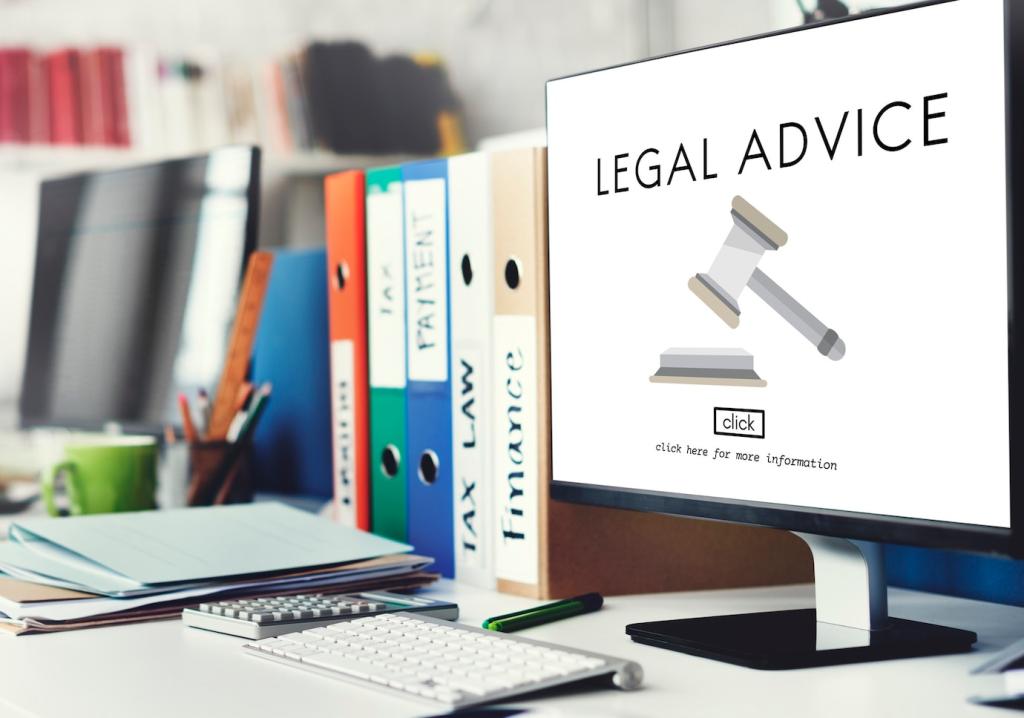Practical Paths to Health and Safety Compliance in Kuala Lumpur's SMEs
Chosen theme: Health and Safety Compliance in Kuala Lumpur’s SMEs. Welcome to a friendly, real-world guide for small businesses determined to protect people, win trust, and grow with confidence in the heart of the city. Subscribe and tell us your top compliance question so we can cover it next.

Why Compliance Matters for Kuala Lumpur's SMEs
Malaysia’s Occupational Safety and Health Act 1994, enforced by DOSH, applies to most SMEs in Kuala Lumpur. Even micro-enterprises in shop lots must manage hazards, involve workers, and document basic procedures to meet expectations from clients, landlords, and increasingly safety-conscious customers who reward reliability and care.


Why Compliance Matters for Kuala Lumpur's SMEs
When a tiny Bangsar bakery suffered a minor burn incident, the owner started five-minute pre-shift safety huddles. Within three months, near misses dropped, staff felt genuinely heard, and a corporate client finally approved their supply bid because the bakery could demonstrate everyday safety discipline and transparent recordkeeping.
Core Legal Requirements You Should Know
Under OSHA 1994, employers must ensure, so far as practicable, the safety, health, and welfare of employees. For SMEs, this means simple risk assessments, induction training, safe equipment, and consultation. Recent amendments increased penalties and clarified responsibilities, making practical, documented controls more important than ever for city-based operations.
Core Legal Requirements You Should Know
During a DOSH visit, officers typically check risk assessment records, training attendance, equipment maintenance, chemical inventories, and incident logs. They may interview workers about real practices, not just paperwork. Welcoming questions, fixing small gaps immediately, and documenting corrective actions helps foster a constructive, solutions-focused inspection experience.



Leadership in minutes, not meetings
As an owner or manager, model the behavior you want to see: wear PPE, challenge shortcuts respectfully, and run a two-minute daily huddle. Ask one practical question, celebrate one positive observation, and assign one tiny fix. Micro-leadership, done consistently, outperforms occasional speeches and keeps safety alive on busy days.

Low-cost equipment and signage that work
Prioritize essentials: properly sized fire extinguishers, first-aid kits, non-slip mats, and clear emergency contact signage. Label electrical breakers and isolate damaged tools. Affordable supplies are easy to source around Kuala Lumpur, and their impact on everyday risk reduction is outsized compared with their modest cost and effort.

Training that sticks for busy crews
Adopt microlearning: five-minute demonstrations, one-page visuals, and scenario-based questions. Reinforce via WhatsApp reminders and peer buddies. Rotate who leads drills to build ownership. Use plain English, simple icons, and hands-on practice so mixed-experience teams truly understand, remember, and apply the right action under pressure.


Hazard Identification in Urban Workspaces
In shop lots and co-working spaces, hazards often hide in plain sight: blocked stairwells, tangled extension cords, improvised storage, and cramped walkways. Align with landlord house rules, document responsibilities for shared areas, and photograph before-and-after fixes so improvements survive changes in tenants, cleaners, and vendors.
Hazard Identification in Urban Workspaces
Kuala Lumpur’s heat and humidity strain kitchens, workshops, and backrooms. Maintain ventilation and air-conditioning filters, schedule hydration breaks, and manage hot surfaces. In enclosed rooms, simple CO2 monitors and exhaust fans help. Comfortable teams stay alert longer, reducing errors, equipment mishandling, and avoidable incidents during peak operating hours.
Emergency Preparedness for High-Rise and Shopfront SMEs
Evacuation planning with shared landlords and managers
In office towers and mixed-use buildings, liaise with the management office to confirm alarm tones, stairwell routes, refuge floors, and assembly points. Assign wardens, count heads using visitor logs, plan assistance for persons with disabilities, and practice stairs when lifts are disabled so everyone knows their role under stress.
Fire safety drills that people actually remember
Make drills practical: simulate a small kitchen fire, time the response, and practice PASS—Pull, Aim, Squeeze, Sweep—on training extinguishers. Debrief immediately with photos, highlight what went right, and agree on one improvement. Frequent, friendly drills build calm confidence more effectively than annual theatrical evacuations.
First aid, mental health, and post-incident care
Keep first-aid kits stocked and visible, nominate trained first aiders, and refresh CPR skills annually. After incidents, schedule supportive check-ins addressing stress, sleep, and confidence. A simple return-to-work plan protects dignity, documents lessons learned, and helps the team feel safe enough to perform again quickly.
Continuous Improvement and Low-Stress Audits
Monthly walkabouts and one-page checklists
Do a 20-minute monthly walkabout with a one-page checklist covering housekeeping, fire protection, electrical safety, ergonomics, and chemicals. Take timestamped photos, assign owners and deadlines, and review progress publicly. Rotating the leader keeps perspectives fresh and prevents blind spots from becoming normalized across busy shifts.
Near-miss reporting that feels safe
Invite near-miss reports through a QR code or WhatsApp template, and avoid blame. Thank reporters publicly, share lessons within twenty-four hours, and close the loop by showing the fix. Small recognition, even coffee vouchers, signals that speaking up is valued and directly improves daily safety performance.
KPIs that matter for small teams
Track a few leading indicators: training completion, inspection closure rate, and near-miss frequency balanced with quality. Avoid vanity metrics that hide risk. Visualize trends on a simple wall board or shared drive, celebrate improvements, and investigate plateaus with curiosity so learning, not fear, drives better outcomes.

